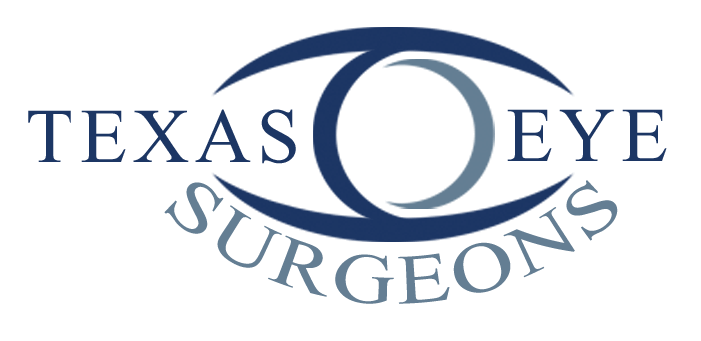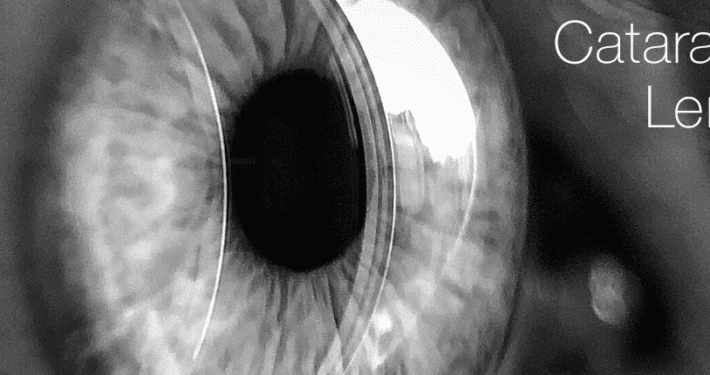Cataract FAQs
Your eye health and vision change as you age. The older you become, the greater your risk becomes for developing eye conditions like cataracts. These FAQs from Texas Eye Surgeons in Plano and explain more about what causes cataracts, how to manage this condition, and how to treat them.
What Are Cataracts?
Normally, the lens of your eye is clear. As you age, however, the lens may begin to cloud over, causing your vision to become blurry or dim. Cataracts are a natural part of aging and are most common among seniors over the age of 65.
How Can I Tell if I Have Cataracts?
In the early stages of cataracts, you may not notice any symptoms. As cataracts grow, however, you may experience the following changes in your vision:
- Blurred or dimmed vision
- Difficulty reading
- Appearance of halos, especially around lights
- Double vision
- Poor night vision
If you notice these or other changes in your vision, contact us for an eye checkup. We’ll provide you with an accurate diagnosis of your condition.
Do Cataracts Ever Disappear on Their Own?
No. Neither can you reverse your condition once cataracts start to form. You can, however, minimize the progression of this condition by protecting your eyes from the sun, quitting smoking, drinking in moderation, eating a healthy diet, and managing medical conditions that affect your eye health.
How Are Cataracts Treated?
There’s generally no need to treat mild cataracts if they’re not impairing your sight. Through annual eye exams, your eye doctor can monitor your condition. Once cataracts begin to seriously obstruct your vision, we’ll recommend cataract surgery. Surgery is performed on one eye at a time so you can continue having some sight during the process.
What Does Cataract Surgery Entail?
Cataract surgery entails removing your eyes’ cloudy natural lenses and replacing them with Intraocular Lenses (IOLs). IOLs are manmade lenses that take the place of the eyes’ natural lenses to improve your sight. Your eye surgeon will take accurate measurements of your eyes before the surgery to determine the power of IOL that you need. Once in place, IOLs function as a permanent part of your eyes, requiring no maintenance or care to enhance your sight.
Is Cataract Surgery Risky?
All surgeries come with risks and cataract surgery is no exception. By working with an experienced eye surgeon, however, you minimize these risks and increase your chances of having a successful surgery.
Is Surgery The Only Option to Treat a Cataract?
Cataract surgery only becomes necessary if your cataracts have progressed to the point where you are not happy with your vision and are seeking an improvement. However, once you reach this point, surgery is currently the only option for effective treatment.
Will I be Asleep During Cataract Surgery?
Since this procedure does not take very long, general anesthesia is not necessary, and you will be awake. Your surgeon will use a local/topical anesthetic to numb your eye and you will be given a mild sedative to calm you down.
How Long Before I Can See After Surgery?
Every patient and every eye is different, but patients commonly see well enough to drive the day after surgery.
How Long Until I Can Return to Normal Activities?
Most patients can resume normal basic activities like reading and watching TV by the next day, and return to work within two to seven days. Eye doctors typically recommend against any strenuous activity for two or more weeks.
Will I Need to Wear Glasses After Cataract Surgery?
Most recipients of a traditional replacement lens will require glasses for certain activities.
After Surgery, Will I Be Able to Drive at Night?
Your ability to drive at night should be much enhanced once your cataract is removed. Patients with the PanOptix intraocular lens may notice a ring of light around headlights and other point-light sources. These are typically mild, rarely bothersome, and tend to diminish with time.
Can my cataract come back?
Once a cataract has been removed it cannot return. However, over time, patients may complain that their vision has once again become cloudy. This is due to a condition, which may occur with any type of intraocular lens, known as a secondary cataract or “PCO.” Secondary cataracts can be easily treated by a simple laser procedure performed in the office, called a Yag Capsulotomy.
Are There Any Side Effects? Anything I Won’t Like?
As with any surgical procedure, there are risks. There is a chance that you will experience halos or glare in your vision, but this is uncommon and usually goes away in time. With a standard intraocular lens, you will likely require reading glasses.
Can The Lens be Replaced if it Doesn’t Work?
Although this is very unlikely, the intraocular lens can be replaced with a different one if needed.
Related Information
Cataract Surgery Consultation
At Texas Eye Surgeons In Plano
To schedule an appointment for cataract treatment, contact an eye doctor from Texas Eye Surgeons in Plano and surrounding areas at (972) 379-3937 today.








